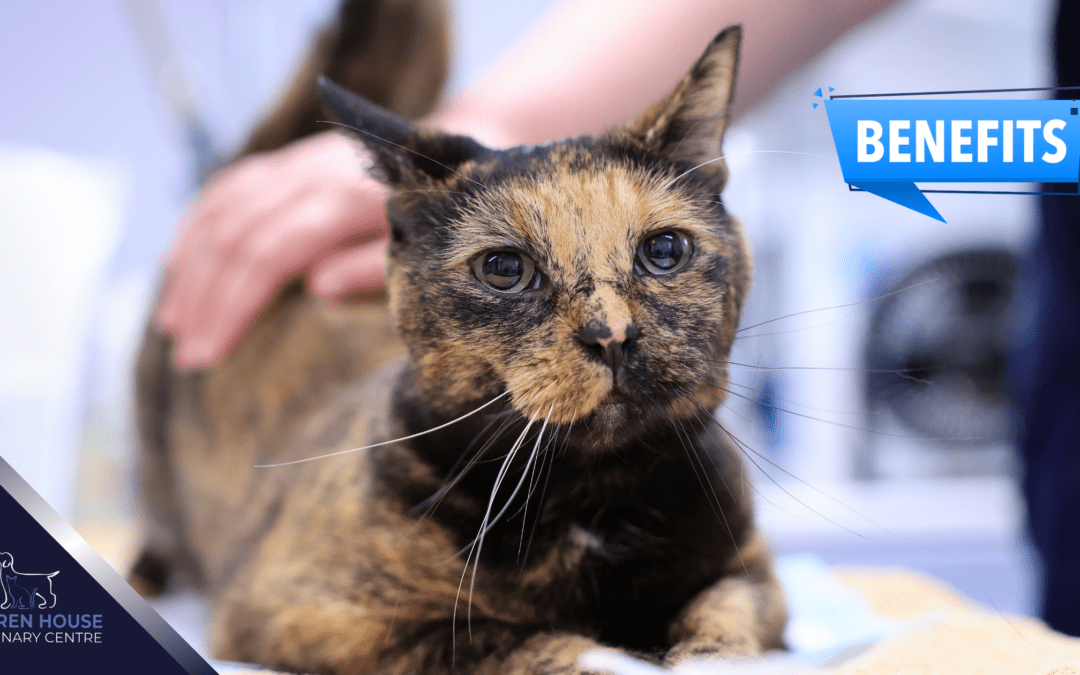When it comes to spaying your pet, the type of procedure can make a significant difference in their recovery and comfort. At Warren House Veterinary Centre, we proudly offer laparoscopic spay—also known as keyhole surgery—a minimally invasive technique that’s gaining popularity for its benefits in reducing pain and promoting quicker recovery, especially in cats.
What is a laparoscopic (keyhole) spay?
In a traditional spay, an incision is made in the abdomen to remove the ovaries and sometimes the uterus. While effective, this approach involves a relatively large incision, which can result in more postoperative pain and a longer recovery.
A laparoscopic spay, however, involves making two or three tiny incisions through which a camera and surgical instruments are inserted. Guided by the camera, the vet performs the procedure with minimal disruption to surrounding tissues.
Why choose a laparoscopic spay for your cat?
While laparoscopic spay is a popular option for dogs, many people don’t realise it’s equally—if not more—beneficial for cats. Here’s why:
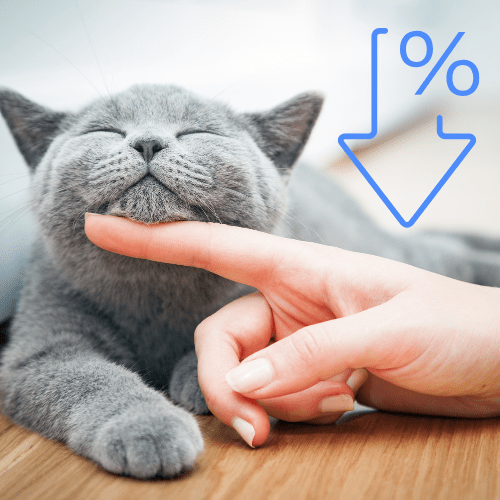
Less Pain for Cats
Cats tend to experience less post-operative pain compared to dogs when undergoing laparoscopic spay. One reason is their smaller size and the minimal tissue manipulation during the surgery. The incisions are smaller, and the entire procedure is more refined, causing less internal disruption.
Faster Recovery
The reduced trauma to the body means that your cat will likely be up and about much quicker than after a traditional spay. Most cats return to their normal selves within a couple of days and resume regular activities with fewer restrictions.
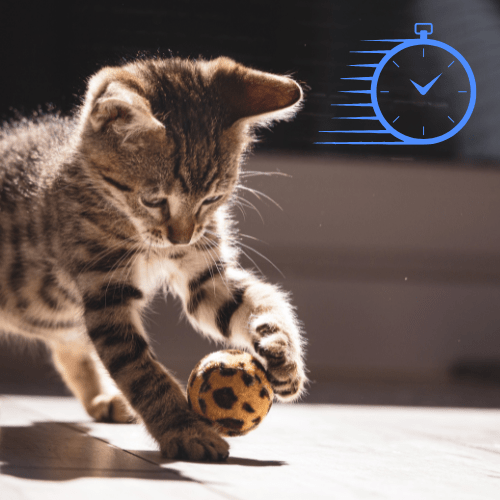
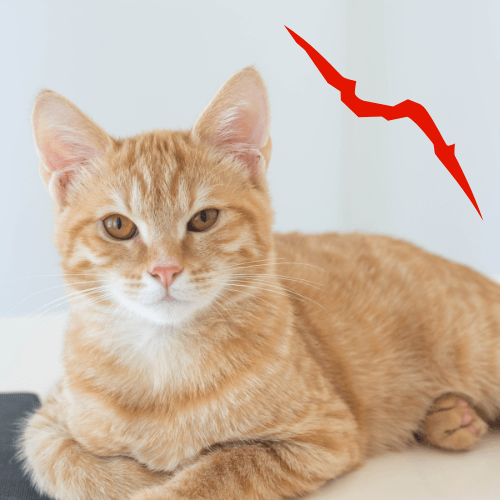
Minimal Scarring
With the tiny incisions involved, there is far less scarring. This can be especially beneficial for pets who are more sensitive to wounds or stitches. The smaller the wound, the less likely it is to become irritated or infected, leading to a smoother healing process.
Reduced risk of complications
Laparoscopic procedures significantly reduce the risk of bleeding, infection, and other complications. This makes it a safer option for cats, especially those with underlying health conditions or those prone to reactions from more invasive procedures.
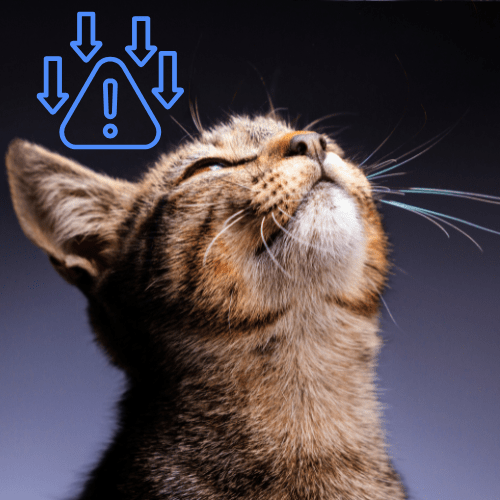

Precise and efficient surgery
With the help of a high-definition camera, the surgeon can see the internal organs in great detail. This allows for more precision during the surgery, minimising any unnecessary trauma to the surrounding tissues. In cats, this precision is key to ensuring a swift and uncomplicated recovery.
How does the pain in cats compare to dogs?
While laparoscopic spays are known for reducing pain in all pets, cats seem to experience even less discomfort than dogs. One reason is that the instruments used in smaller animals like cats are much finer, and the surgery is performed on a smaller scale, leading to less manipulation of tissues.
Additionally, dogs, especially larger breeds, often have more muscle and tissue that needs to heal, meaning they might experience more pain post-surgery. Cats, on the other hand, tend to have a more streamlined healing process due to their lighter build and less invasive procedure.
Is a laparoscopic spay right for your cat?
If you’re looking for a gentler, safer, and less painful option for your cat’s spay, laparoscopic surgery is a fantastic choice. The reduced pain and quicker recovery make it a win-win for both you and your feline friend.
At Warren House Veterinary Centre, we’re dedicated to providing the highest standard of care for your pets. If you’re considering a spay for your cat, feel free to contact us to discuss whether laparoscopic spay is the right option for your pet.

